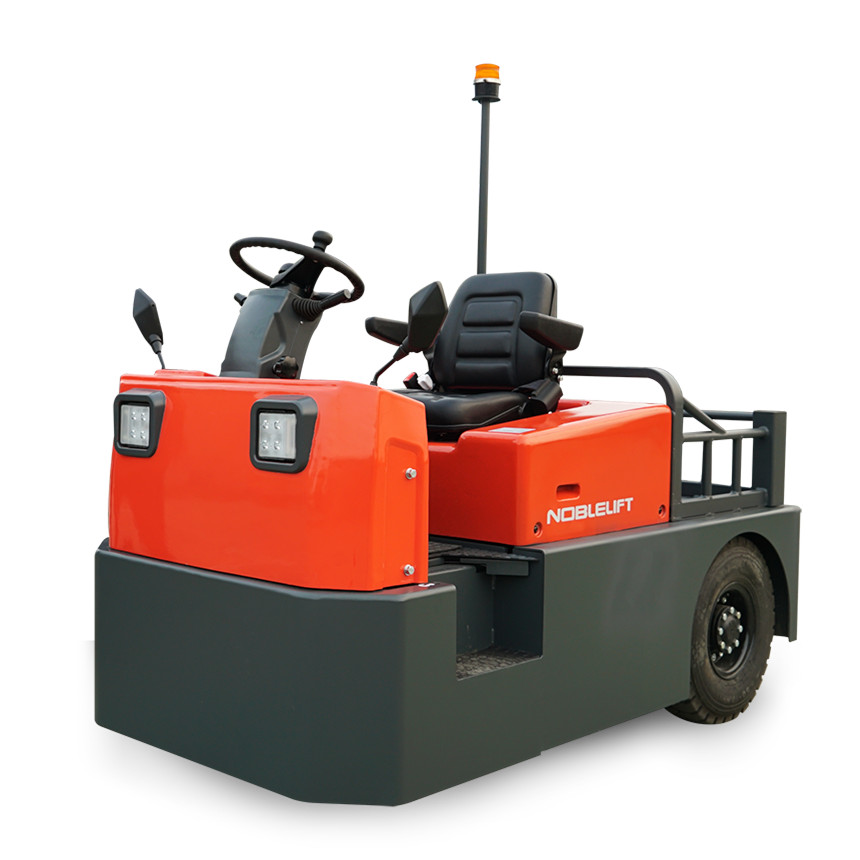A Comprehensive Guide to Internal Combustion Forklifts
Internal combustion forklifts are a vital component in the material handling industry, known for their power, versatility, and ability to operate in various environments. This guide will provide an in-depth look at internal combustion forklifts, their types, applications, and maintenance tips to ensure optimal performance.
Types of Internal Combustion Forklifts
1. Class IV Forklifts
Class IV forklifts are equipped with cushioned tires and are powered by internal combustion engines that run on diesel, liquefied petroleum (LP) gas, gasoline, or compressed natural gas. These forklifts are designed for smooth floor applications, such as indoor loading docks, and can handle lifting capacities of up to 100,000 pounds.
 ForkLift | China Manufacturer Trade price on Materials Handling Fork-lifts Truck, Stackers, Industrial vehicles, Scrubbers, Transporters Sale Buy Online Industrial Equipment in USA/UK/India/Australia/canada | ForkLift
ForkLift | China Manufacturer Trade price on Materials Handling Fork-lifts Truck, Stackers, Industrial vehicles, Scrubbers, Transporters Sale Buy Online Industrial Equipment in USA/UK/India/Australia/canada | ForkLift2. Class V Forklifts
Class V forklifts also have internal combustion engines but are fitted with pneumatic tires, making them suitable for outdoor operations. These forklifts are built to handle uneven terrain and heavy lifting, with lifting capacities reaching up to 125,000 pounds. They are ideal for lumberyards, construction sites, and mining operations.
3. Class VII Forklifts
Class VII forklifts are specifically designed for rough terrain, featuring large, tractor-style tires and diesel engines. These forklifts are perfect for remote lumber yards, mining operations, and construction sites where tough terrain is common.
Applications of Internal Combustion Forklifts
1. Outdoor Operations
Internal combustion forklifts are commonly used in outdoor environments due to their robust engines and ability to handle rough terrain. They are essential in industries such as construction, mining, and agriculture, where heavy lifting and continuous operation are required.
2. Warehousing and Distribution
In warehousing and distribution centers, internal combustion forklifts facilitate the efficient movement of goods. Their ability to operate for extended periods without recharging makes them ideal for handling high volumes of inventory.
3. Manufacturing
Manufacturing plants rely on internal combustion forklifts for heavy-duty applications. These forklifts can lift and transport large materials efficiently, making them indispensable for operations that require robust performance and reliability.
Maintenance Tips for Optimal Performance
1. Regular Inspections
Conducting regular inspections is crucial to ensure the longevity and performance of internal combustion forklifts. Check the engine oil, filters, spark plugs, and fuel system regularly. Inspecting the exhaust components and emission control systems is also essential to maintain air quality and comply with environmental regulations.
2. Proper Training
Providing proper training for forklift operators is vital for maximizing efficiency and safety. Operators should be familiar with the specific controls and features of internal combustion forklifts and follow best practices for safe operation. Regular training sessions can help improve operator skills and reduce the risk of accidents.
3. Load Management
Effective load management is key to maximizing the efficiency of internal combustion forklifts. Operators should be trained to properly balance loads and avoid overloading the forklift. Using the appropriate attachments for specific tasks can also enhance performance and safety.
4. Emission Control
To minimize environmental impact, it is important to ensure that internal combustion forklifts are equipped with emission control systems. Catalytic converters and other emission control devices can help reduce the emission of harmful pollutants, maintaining air quality in enclosed spaces.
Conclusion
Internal combustion forklifts offer numerous advantages, including superior power, extended operating times, and versatility in various environments. Their applications range from outdoor operations and warehousing to manufacturing and distribution. By following best practices for maintenance, operator training, load management, and emission control, businesses can maximize the efficiency and performance of their internal combustion forklifts, ensuring smooth and productive operations.